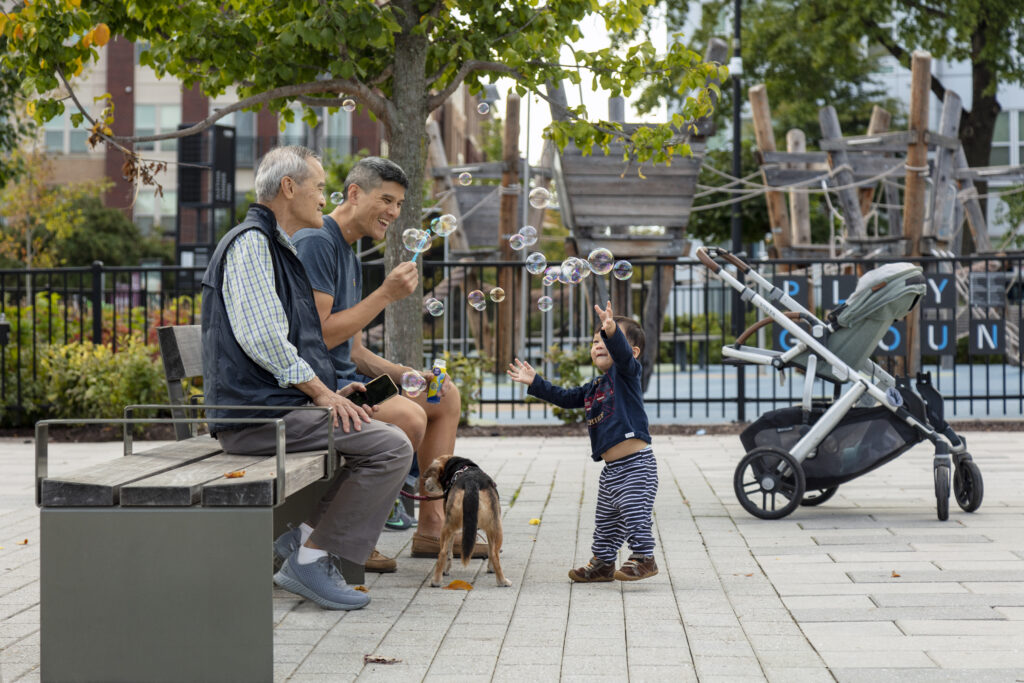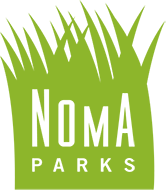
Value Creation
The greatest value of the parks and public spaces created by the NoMa Parks Project is the positive experiences of the residents of NoMa and the surrounding communities. Whether it’s the utility of Alethia Tanner Park for a dog owner, or the benefit to a family that enjoys the Wallholla at Swampoodle Park, the value of these public spaces and the way they make their communities more vibrant and safer is ultimately immeasurable in strictly financial terms.
Even so, these parks have created quantifiable value for the neighborhood and the District of Columbia. Research shows a link between park improvements and adjacent real estate values, particularly within 500 to 2,000 feet of a park. Real estate consultant RKG Associates analyzed the benefits attributable to the NoMa Parks Project, with a focus on Swampoodle Park, Swampoodle Terrace, and Alethia Tanner Park. RKG’s report provides a thoughtful analysis of the benefits attributable to NoMa’s parks and improved public spaces based on developer and neighbor interviews, prior studies, and incremental property and tax value calculation.
The analysis identified significant financial, liveability, and environmental benefits that accrued to the District as a result of the NoMa Parks Project. In interviews and surveys, developers and residents alike acknowledged the inherent value of having amenities like parks and trails near their homes and properties.
Though efforts to calculate value are complicated by the COVID-19 pandemic, using conservative estimates, RKG identified between roughly $750,000 and $3 million a year in incremental annual real estate tax revenue to D.C. It is important to note that this value creation occurred while at the same time adding to the total amount of affordable housing in the area. In addition, more than $28 million in public park benefits accrued by virtue of private partner contributions to public space.
NoMa Parks Foundation © 2025

